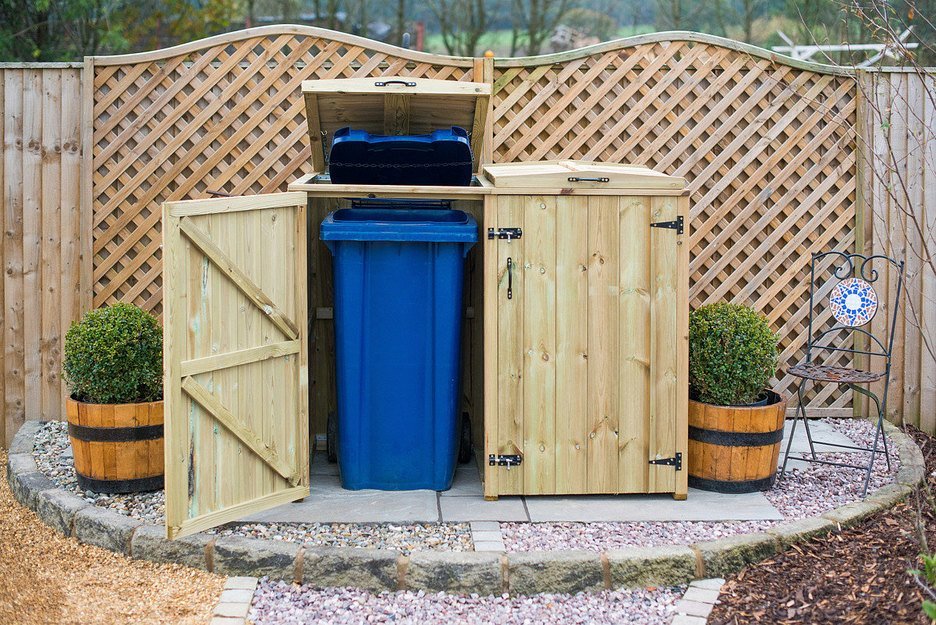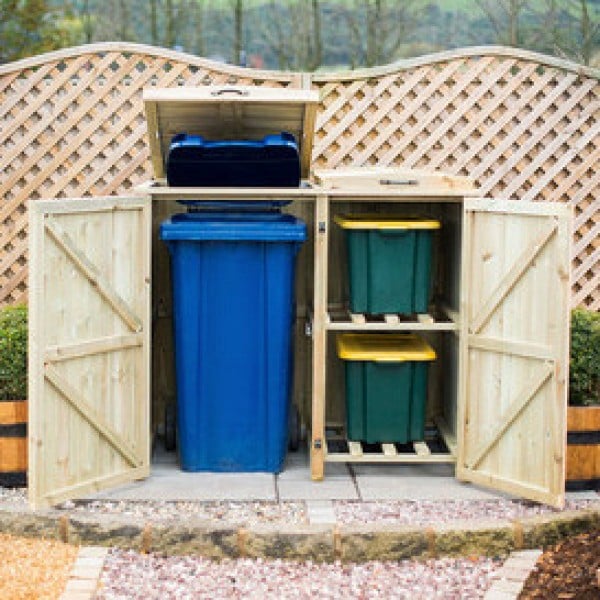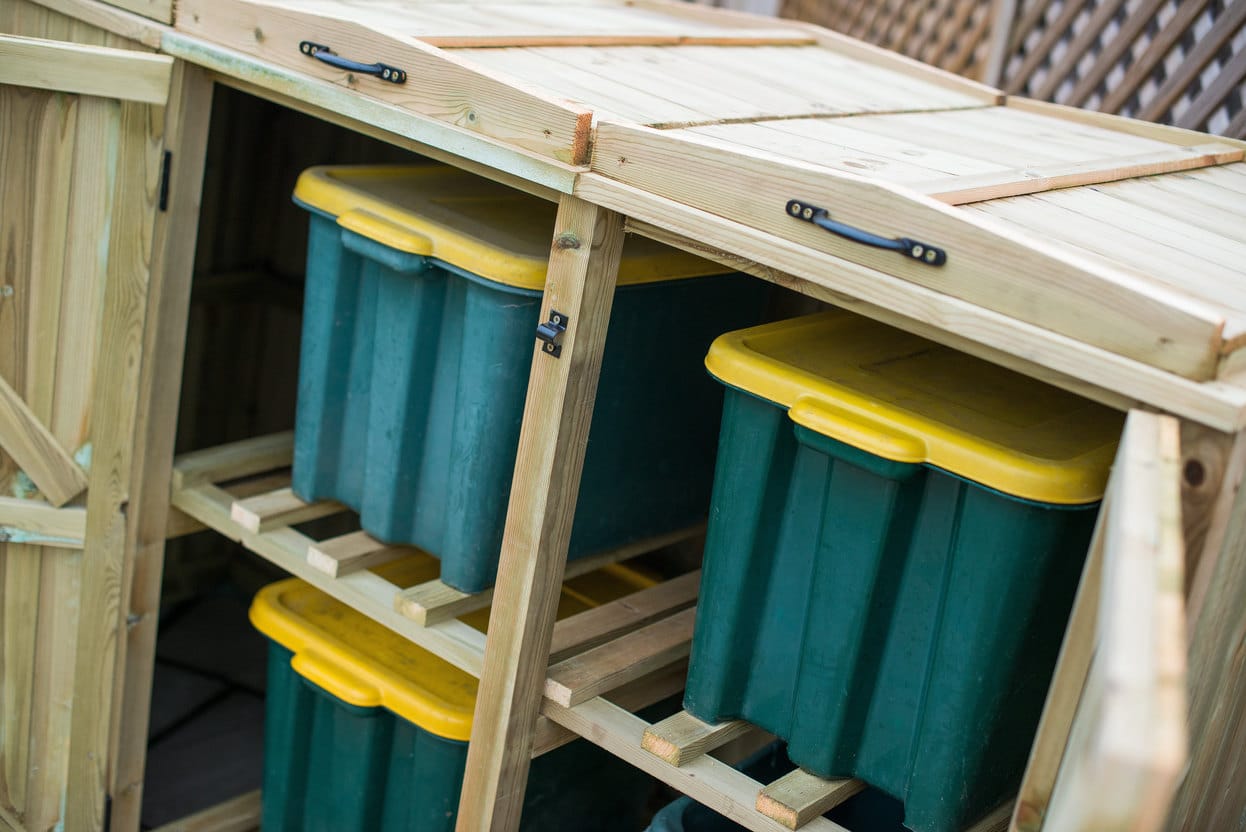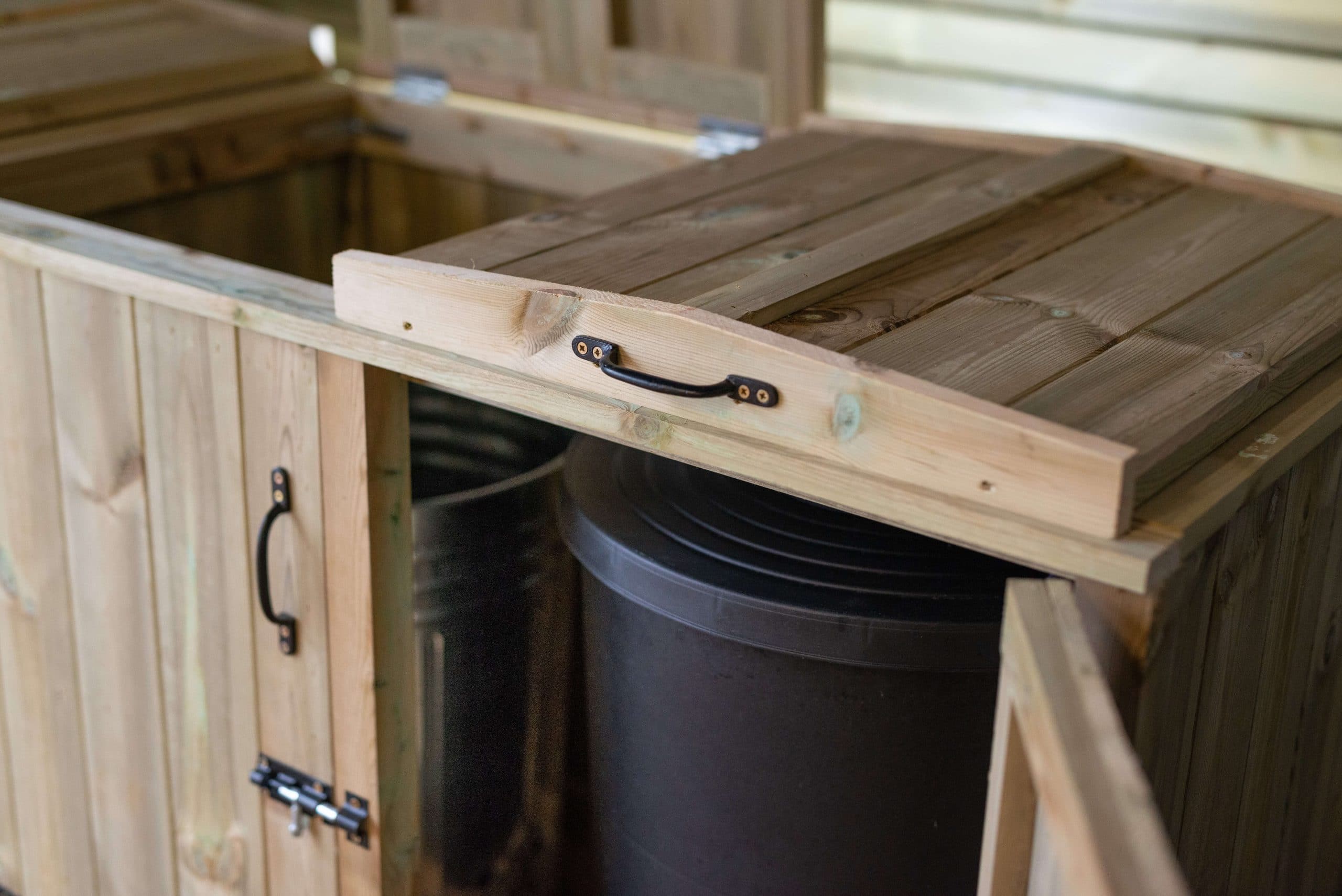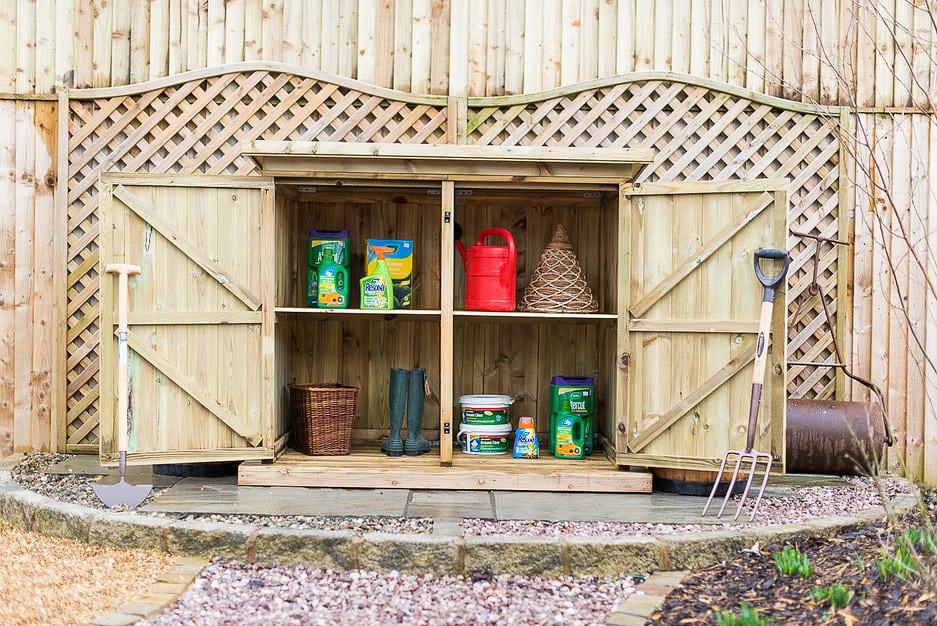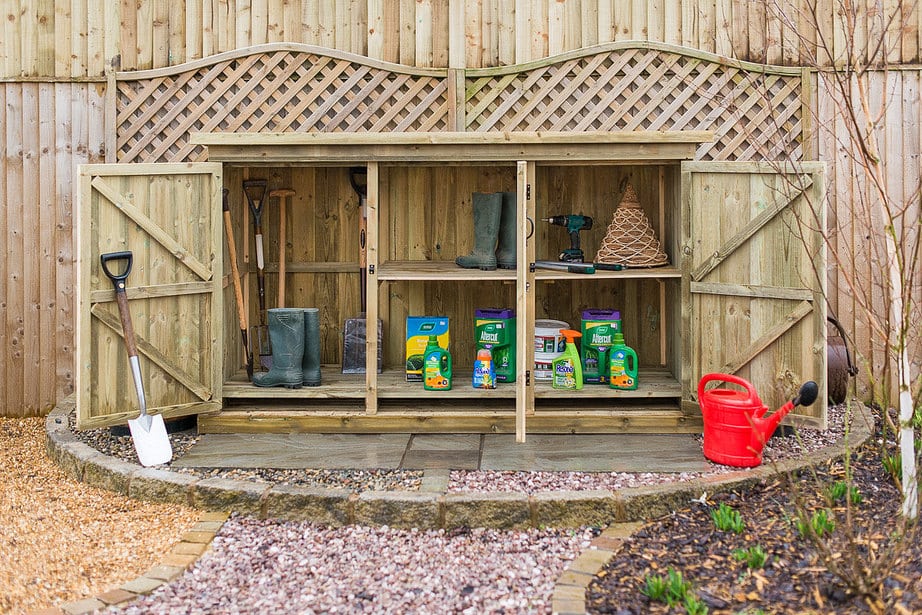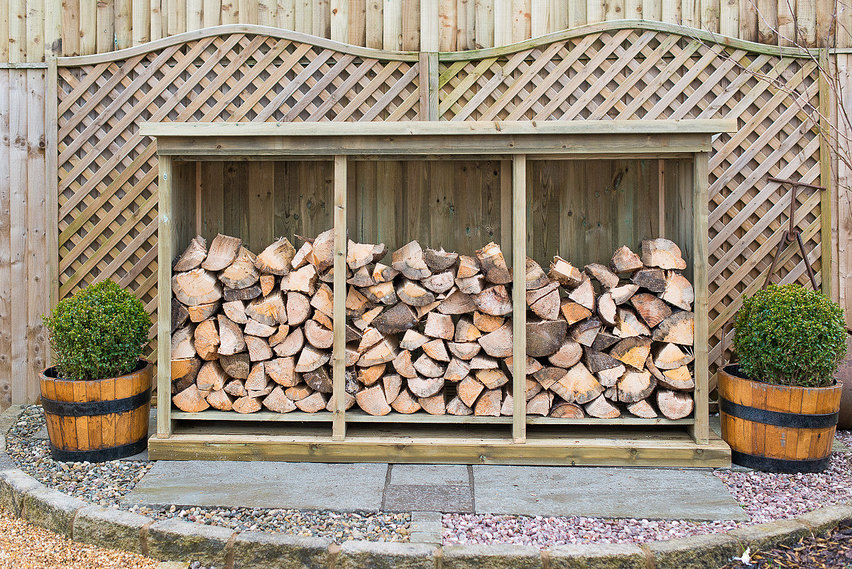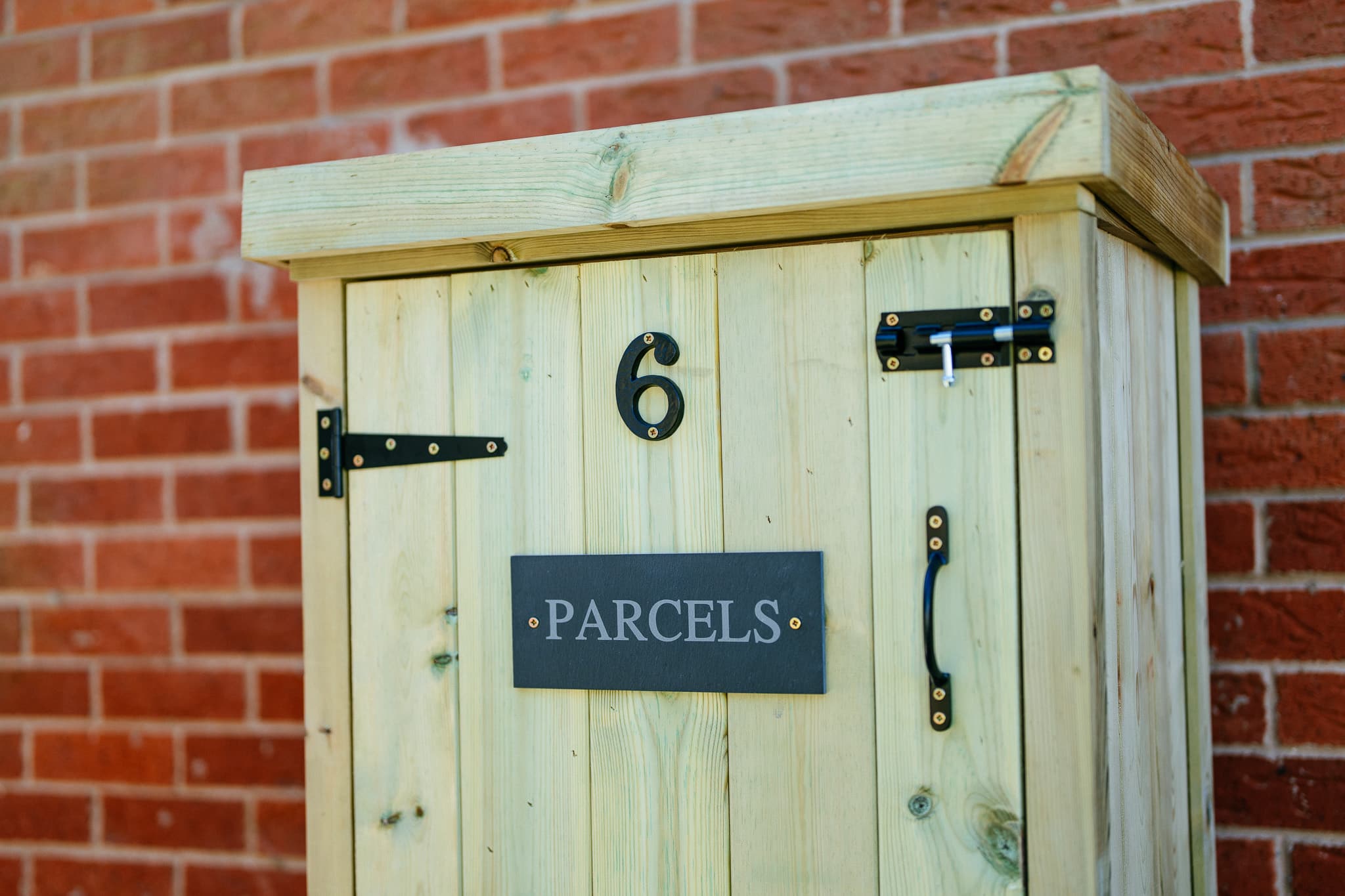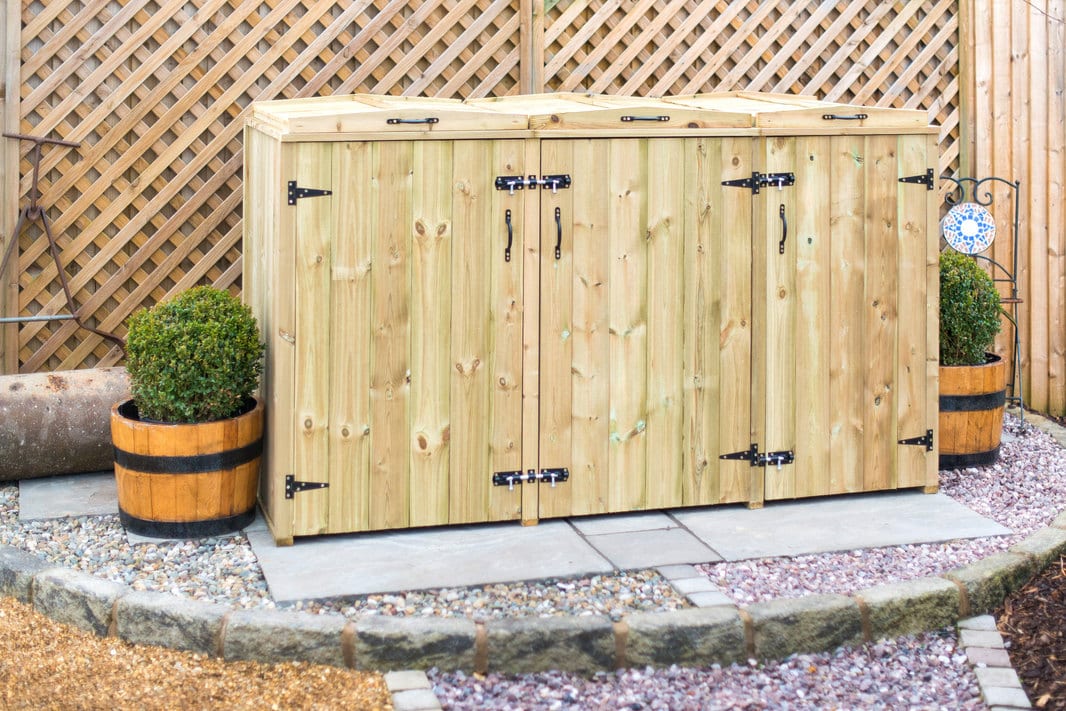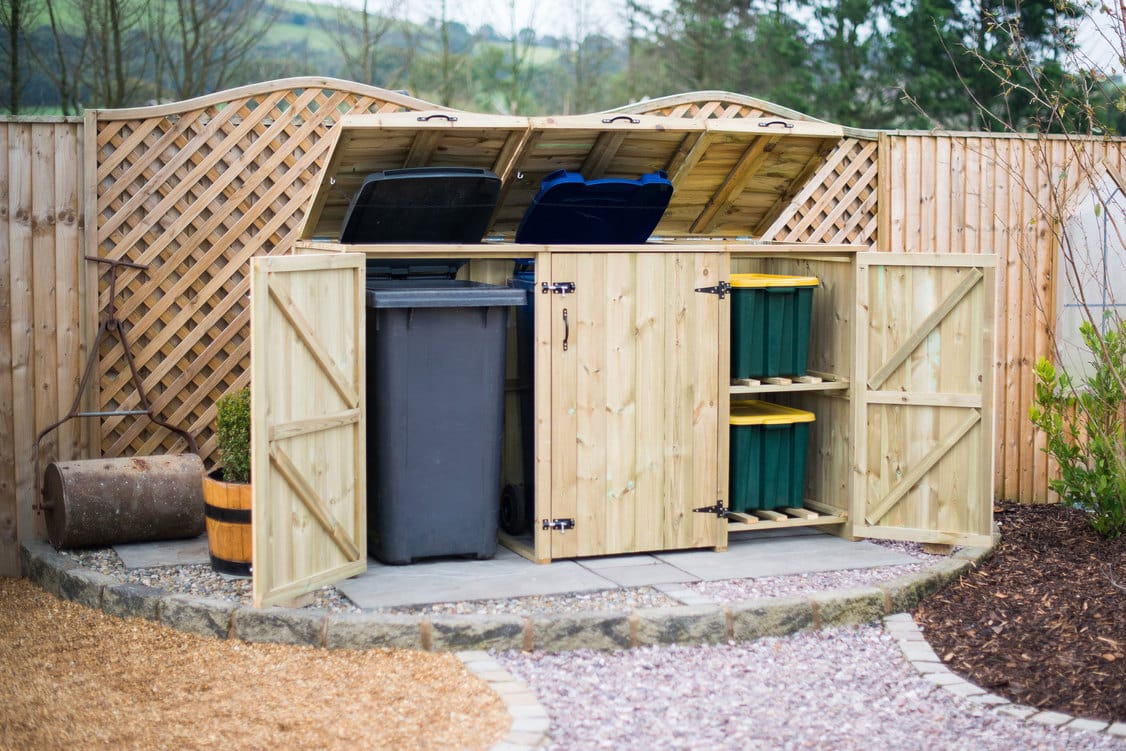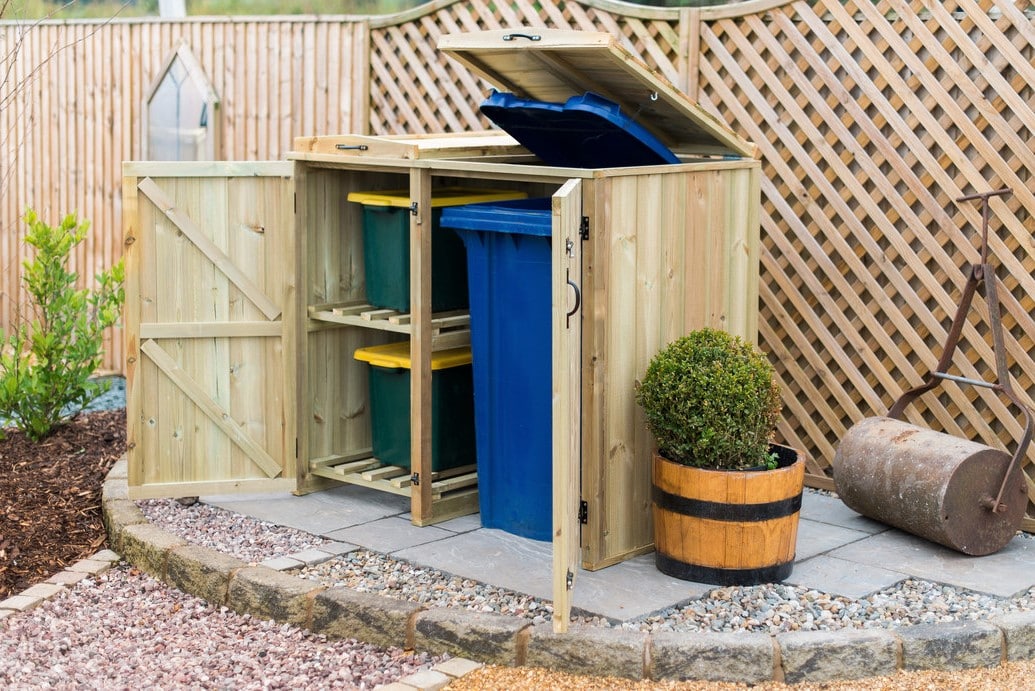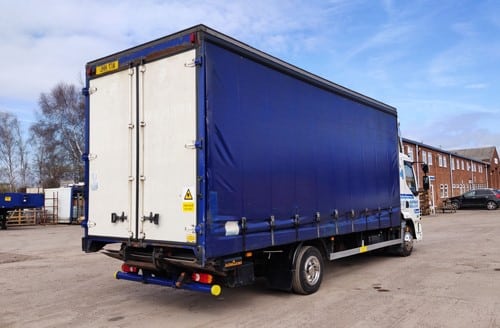How To Guides
5 Tips for Starting a Sustainable Vegetable Garden
Make no doubts about it, when it comes to sustainable living, a fruit and veg garden are right up there on list of must haves. Just because you grow your own vegetables, doesn't mean it's totally ecofriendly though. Here are our top 5 tips to make your gardening efforts even greener, help the bank balance and hopefully let you have fun in the process.
1. Select Plants that naturally thrive in your garden
It's essential you don't jump the gun and start planting every type of fruit and vegetable you can think of, making a sustainable garden needs some forward thinking otherwise you're going to waste time and money.
You have to consider the types of plant that are best suited to your garden, that way you give yourself a better chance of success. Think about the amount of sun, water and soil pH that certain varieties require.
By doing this you can amount of work and amendments you have to make by selecting varieties that readily adapt to your garden as is. You can purchase a soil pH testing kid readily from any garden center and then use this handy chart to find out which types of fruit and vegetables are most suited.
2. Feed your plants with your homegrown compost
You're probably aware that compost is great for your garden, but have you considered making your own? It's more environmentally friendly and will save you money. Why incur fuel costs travelling to your local garden center and then coughing up the cash for a 125l bag that doesn't go a long way.
All you need is a compost bin – you could buy one, or even knock together your own wooden version depending on how DIY savvy you are.
This has obvious cost savings, but it also means you send fewer garden trimmings to the tip and throw away less food waste. Food waste is one of the largest contributors to the worlds waste stream, so by throwing your potato peelings onto the compost heap rather them putting them in the bin you're helping the environment.
3. Collect rain from your roof using a water butt
Harvesting rain water, like most tips in this article has multiple benefits. Not only will it save you money on your water bills, it's also better for your garden as they prefer non-chlorinated water. Another added benefit is that it reduced run off that can erode soils. Water butts are readily available from DIY stores, unfortunately plastic is probably the best container type.
Although if you really want to be 100% eco, you could recycle something, for example a used oil barrel would work well. Read this article on making your own water butt for more ideas.
4. Start seedlings outside naturally instead of under artificial lights
Starting seedlings inside uses up electricity simply because they need artificial light to get started. Of course moving them outside isn't practical in all climates but if you do have a green house or a cold frame for protecting them, it's much less resource intensive to grown them in those conditions than relying on lighting.
5. Avoid using Peat Moss
Peat moss is generally unsustainably harvested, some thought leaders argue differently and you can read about the argument here. But regardless, the one thing we know for certain is that peat moss takes hundreds of years to grow and large areas can be wiped out in one single harvest.
One greener alternative is Coir, which is made from coconut and can easily replace peat moss for seedlings. It's very easy to get hold of, try your local pet store and it’s also a reasonable price.
Make sure you follow step 2 and make your own compost, you have little need to add peat to your soil to help the plants as your compost provides practically all the same benefits.

